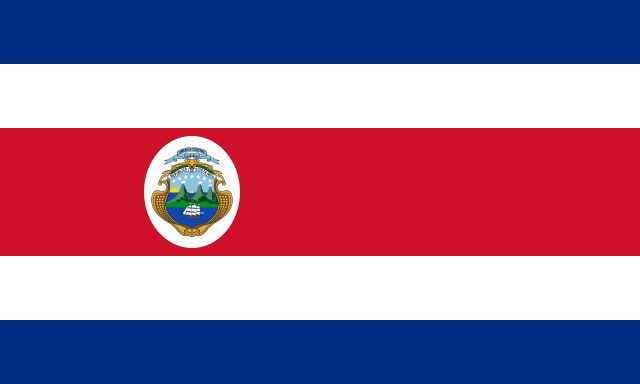
by Nick Halverson | Feb 25, 2017 | Costa Rica history, Costa Rica Travel, Government, News
Message from Nick Halverson One of the first questions that is asked by prospective customers of ours is about the Costa Rican government. Typically one of the following is asked: What type of government does Costa Rica have? Is Costa Rica a democracy? What is the...
by Nick Halverson | May 30, 2014 | Costa Rica history, Costa Rica tourism, Costa Rica Travel
Why Costa Rica does not celebrate Memorial Day | Costa Rica, Real Estate, News, Travel. One of the biggest holiday’s in the United States is Memorial Day. Memorial Day was started during the Civil War to honor the fallen soldiers of the Battle of Gettysburg....
by Nick Halverson | Sep 30, 2010 | Costa Rica Business, Costa Rica history, Costa Rica Pictures, Laura Chinchilla
Original: http://www.ticotimes.net/daily_paid/dailynewsarchive/2010_09/090910.htm#story4 By Adam Williams Tico Times Staff | awilliams@ticotimes.net Costa Rican President Laura Chinchilla was recognized as one of the “Top 10 Female Leaders” by Time magazine on...


